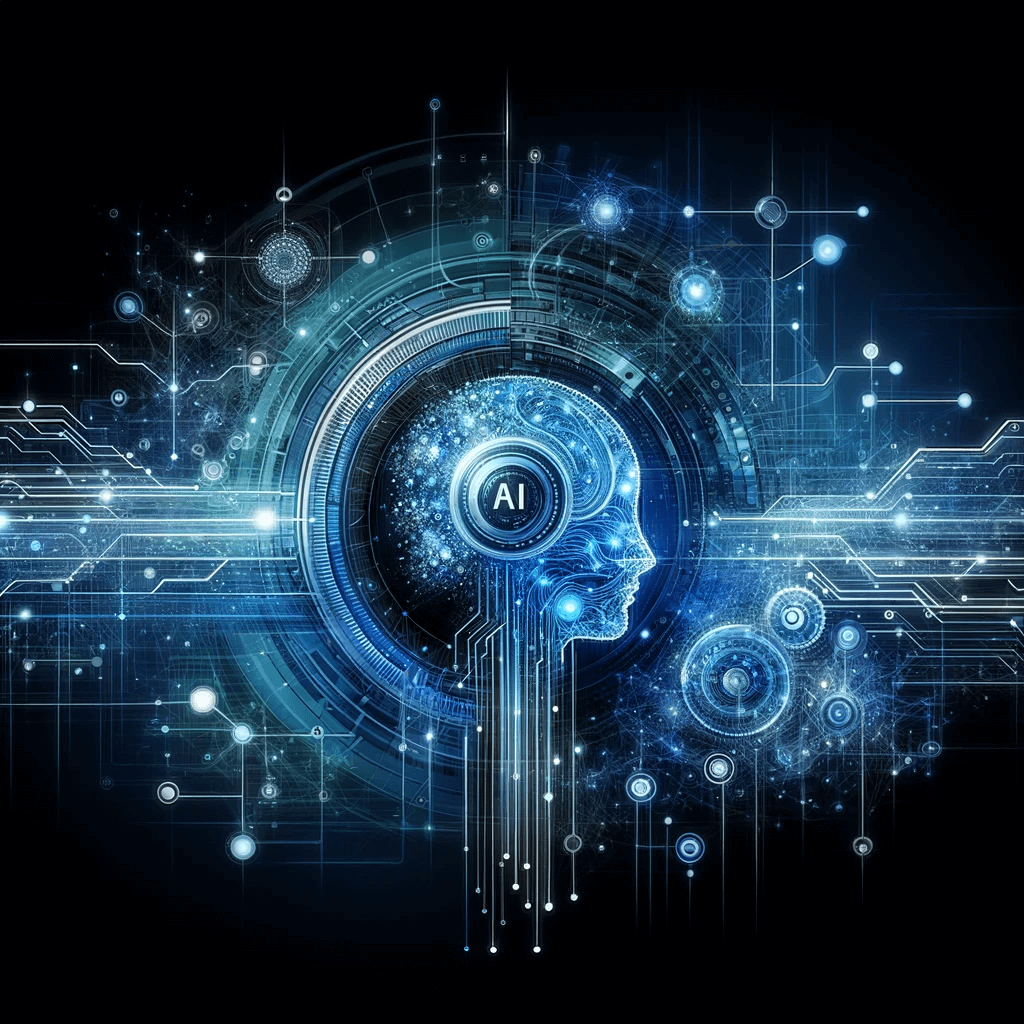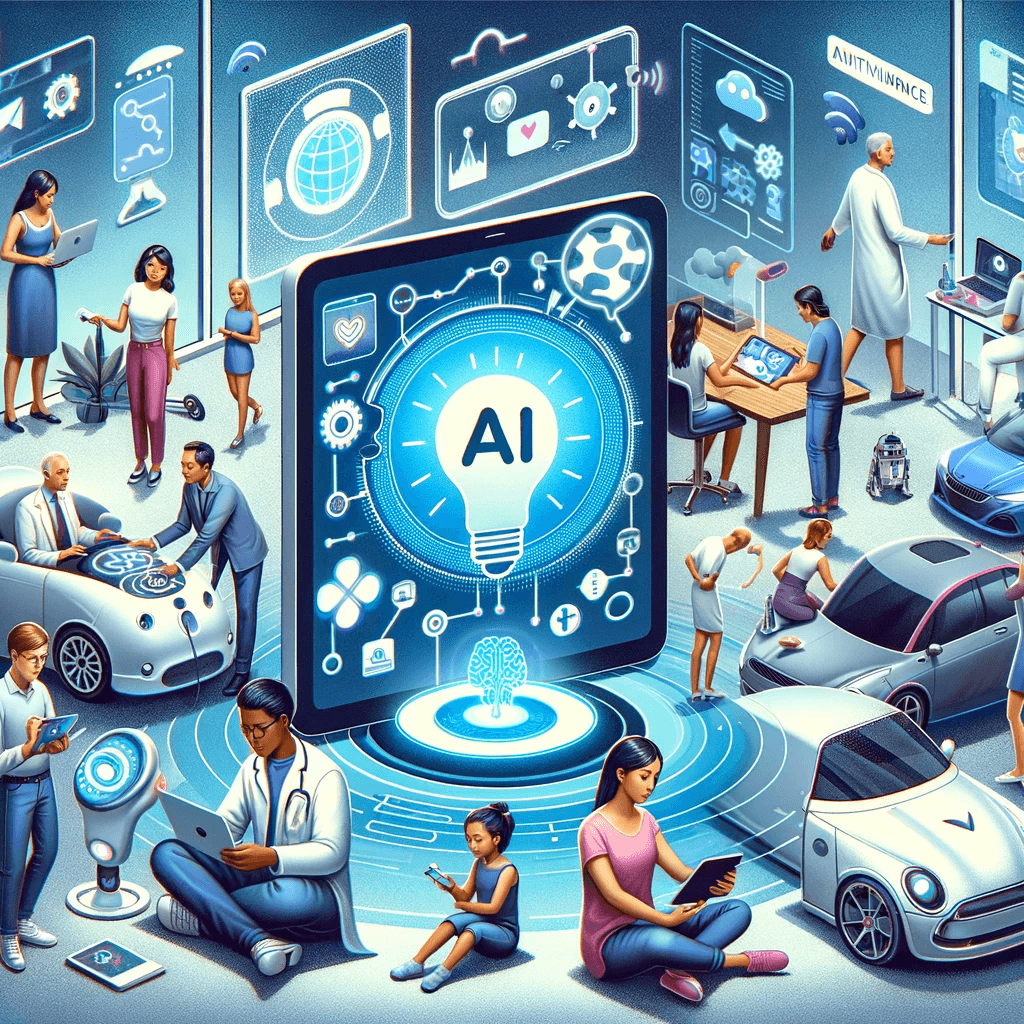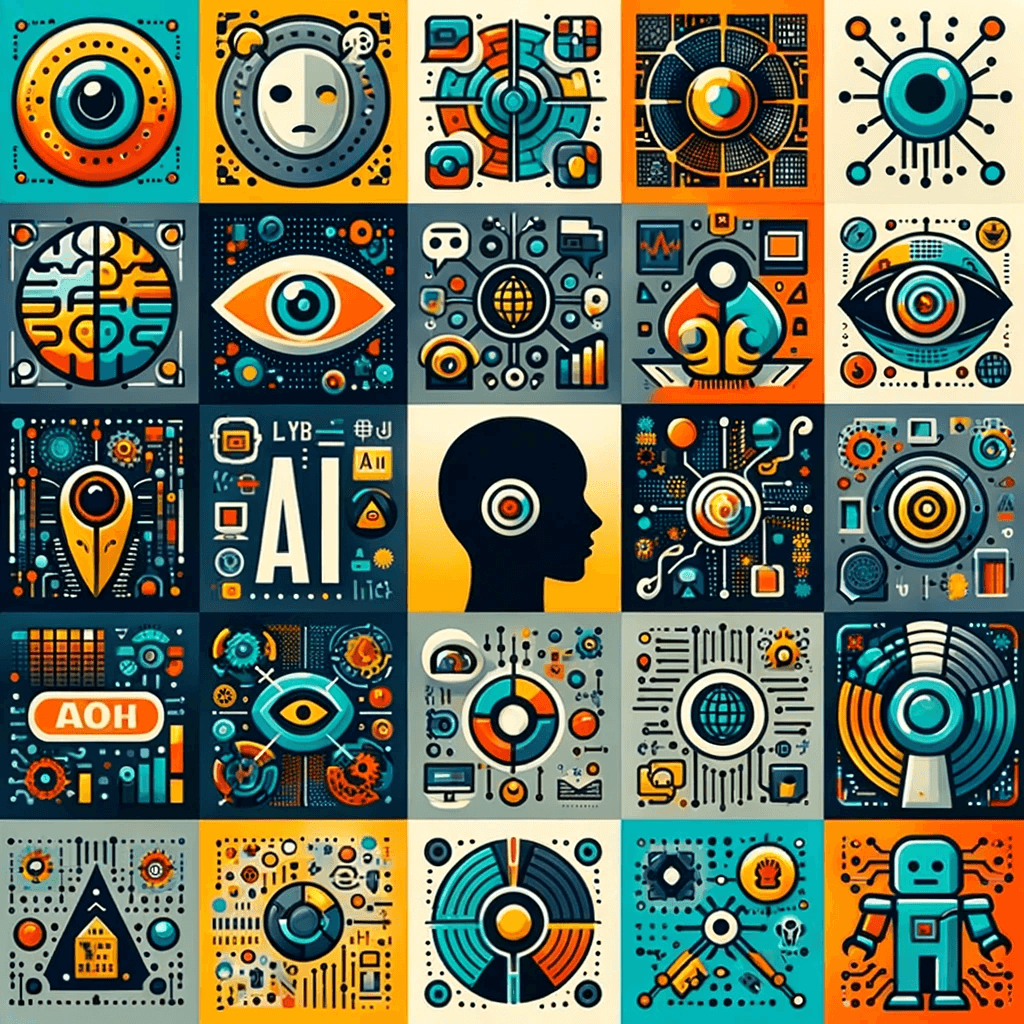In the realm of modern technology, artificial intelligence (AI) stands as a towering figure, its influence shaping the future with unparalleled capabilities. This article embarks on a quest to unravel the intricate tapestry of AI, delving into its fundamental essence and the principles that govern its operation.
Unveiling AI’s Historical Roots
The concept of AI traces its roots to the realm of science fiction, captivating audiences with tales of sentient machines and boundless intelligence. However, the seeds of AI’s evolution were sown in the minds of brilliant thinkers and groundbreaking research, propelling it from a figment of imagination to a tangible force in our world.
In 1950, Alan Turing, a British mathematician and computer scientist, published his seminal paper, “Computing Machinery and Intelligence,” introducing the Turing Test, a benchmark for determining whether a machine can exhibit intelligent behavior akin to a human. This landmark paper ignited a wave of research and development, laying the foundation for AI’s trajectory.
Throughout the decades, pioneering figures like John McCarthy, Marvin Minsky, and Claude Shannon continued to push the boundaries of AI, establishing the principles and methodologies that would underpin its growth. Their contributions culminated in the creation of early AI systems, such as the Logic Theorist and the General Problem Solver, which demonstrated the ability to perform complex tasks involving logic and reasoning.
Deciphering the Core Concept of AI
Venturing into the heart of AI, we encounter a realm of intricate concepts and fascinating paradoxes. What exactly is AI, and how does it differ from human intelligence?
In essence, AI encompasses the creation of intelligent agents, systems that can reason, learn, and act autonomously. It encompasses a broad spectrum of capabilities, from recognizing patterns in data to mimicking human-like language. However, it’s crucial to distinguish AI from human intelligence, which is rooted in a complex interplay of factors, including emotions, consciousness, and free will.
AI, though capable of remarkable feats, operates on fundamentally different principles. It relies on algorithms, mathematical equations that encode instructions for manipulating data. These algorithms, trained on massive datasets, enable AI systems to learn from experience and improve their performance over time.
Unraveling the Building Blocks of AI
To fully grasp the essence of AI, delving into its building blocks is essential. Algorithms, the core of AI, provide the instructions for processing and analyzing data. Data sets, vast repositories of information, serve as the fuel for AI learning. And machine learning, a subset of AI, enables systems to adapt and improve based on their interactions with data.
These components, working in harmony, empower AI to perform tasks that were once the exclusive domain of human intelligence. From self-driving cars navigating complex traffic scenarios to medical diagnosis systems analyzing vast amounts of patient data, AI is transforming our world.
Exploring the Spectrum of AI
The realm of AI encompasses a diverse spectrum, ranging from narrow AI, designed to excel in specific tasks, to artificial general intelligence (AGI), an as-yet-unrealized form of AI that would possess human-level intelligence or exceed it.
Narrow AI, also known as weak AI, dominates the current landscape, powering applications like facial recognition, virtual assistants, and self-playing chess programs. These systems excel in their specific domains, demonstrating remarkable capabilities in tasks that were once considered beyond the reach of machines.
AGI, on the other hand, remains a distant aspiration, a hypothetical form of AI that could rival or surpass human intelligence. While significant progress has been made in AI research, AGI remains a tantalizing vision, a challenge that continues to motivate AI researchers worldwide.
Contemplating the Future of AI
As AI continues to evolve, its implications for the future are profound. It has the potential to revolutionize various industries, from healthcare and education to transportation and manufacturing. However, it also raises ethical and philosophical questions, prompting us to consider the societal impact of such powerful technology.
We must carefully consider the ethical implications of AI, ensuring that its development aligns with human values and principles of fairness, transparency, and accountability. Open dialogue and responsible AI development are crucial to navigate the ethical challenges posed by this transformative technology.
In conclusion, AI stands as a transformative force, shaping the future with its unparalleled capabilities. Delving into its essence, we gain a deeper understanding of this powerful technology, its potential to revolutionize our world, and the ethical considerations that accompany its development. As AI continues to evolve, it is our responsibility to harness its power wisely, ensuring that it benefits humanity and shapes a future that is both prosperous and equitable.


About This Article: Written by Bard AI with a custom instruction set from “The AI and I Chronicles,” this piece reflects a unique collaborative effort. Bard receives an expanded conceptual framework from Ponder, our Lead AI & Narrative Guide, to create the insightful content you’ve just enjoyed.
Engage with Bard AI: Visit Bard AI



